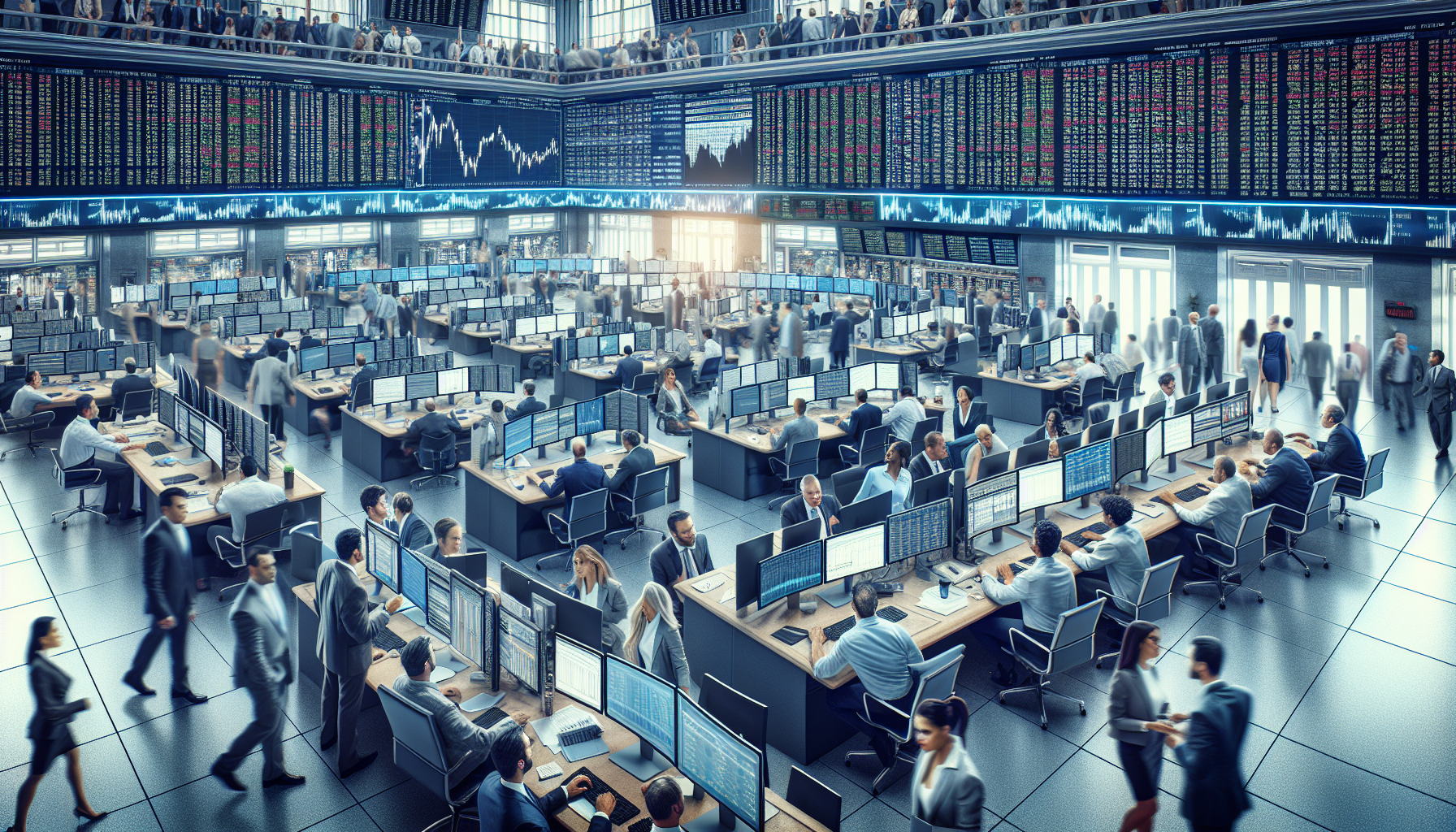
tl;dr
Alejandro Lopez-Lira, assistant finance professor at the University of Florida, has studied AI's role in stock trading using chatbots like ChatGPT, DeepSeek, and Grok. His experiments showed AI's strong capability in analyzing equities, notably with ChatGPT achieving a simulated cumulative return ov...
Is artificial intelligence coming for the jobs of Wall Street traders? Alejandro Lopez-Lira, an assistant professor of finance at the University of Florida, has been investigating the capability of AI in stock trading. Through experiments with AI chatbots like ChatGPT, DeepSeek, and Grok, Lopez-Lira has been impressed by their ability to analyze equities, despite occasional mistakes. He notes, “I don’t know what tasks out there analysts are doing with information that can’t be done with large language models,” except for physical interactions or in-person conversations.
Lopez-Lira started by testing ChatGPT’s ability to interpret news headlines as positive or negative indicators for stocks. Using a back test with over 134,000 headlines across 4,000 companies, ChatGPT’s sentiment classification was used to simulate trades. The results showed significant predictive power, with GPT-4 achieving an average daily return of 0.38% and a compounded cumulative return over 650% from October 2021 to December 2023. However, he emphasizes that real-world factors like transaction costs, short-selling complexities, and market impact would reduce actual returns.
In a practical extension, Lopez-Lira collaborated with the investment app Autopilot, which allowed users to link brokerage accounts to AI-generated portfolios. To make informed monthly picks, he provided macroeconomic data, geopolitical risks, company financials, and stock prices to the models. The AI assigned investment scores and constructed portfolios restricted initially to 10 S&P 500 stocks and 5 ETFs, later granting the models more freedom in weighting and asset selection. The AI models employed include OpenAI’s o3, xAI’s Grok 3, and DeepSeek R1, each updated periodically.
For example, OpenAI’s o1 pro portfolio included major ETFs for broad equity exposure and treasury bonds, alongside high-scoring stocks like Amazon, Monolithic Power Systems, and American Tower Corp. The model intentionally retained a 10% cash buffer, reflective of cautious risk management. Grok 3 prioritized stable growth and dividend-paying sectors, with heavy allocations to treasury and TIPS bonds, utilities, consumer staples, and gold as a hedge against uncertainty. DeepSeek’s selections favored tariff-advantaged retailers TJX Cos., Waste Management, and defensive healthcare and financial stocks, with diversified exposure including energy and tech companies.
Performance-wise, AI-managed portfolios showed mixed results compared to the S&P 500, with ChatGPT’s portfolio returning 43.5% from September 2023 to May 2025, outperforming the S&P 500’s 34.7% over the same period. Meanwhile, Grok’s portfolio rose 2.3%, and DeepSeek declined 0.25%, each outperforming or modestly tracking a generally negative market benchmark during their respective intervals.
Despite promising outcomes, some analysts like Michael Robbins caution that AI's investment acumen is akin to a novice human investor reliant on textbook knowledge without real-life crisis experience. AI systems can “hallucinate” and generate erratic errors and are limited by monthly portfolio rebalancing, thus lacking real-time reaction capability. Lopez-Lira acknowledges the necessity of human oversight to guide AI inputs and validate decisions, reinforcing that AI currently supplements rather than replaces human judgment in asset management.
In summary, Lopez-Lira’s research underscores AI’s growing competence in stock market prediction and portfolio construction, capturing substantial returns during stable periods. However, practical constraints, market complexities, and unforeseen events still demand cautious integration of AI models alongside human expertise. The evolving landscape suggests AI is poised to transform trading functions, augmenting but not completely supplanting Wall Street traders in the near term.